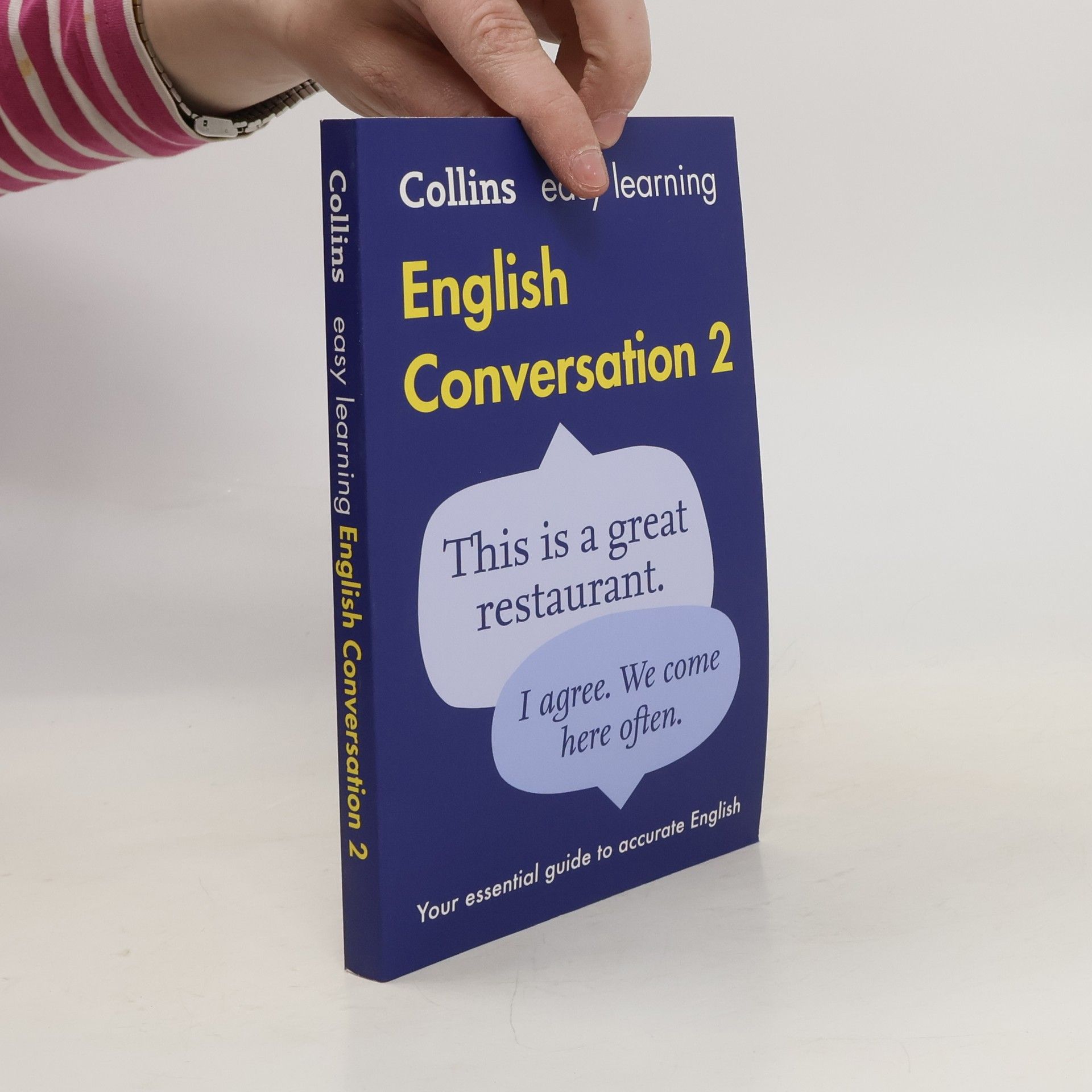Let a Sleeping Witch Lie
Welsh Gothic Stories by Elizabeth Walter






Welsh Gothic Stories by Elizabeth Walter
Student's Book plus audios via Delta-Augmented Every learner of English wants to develop fluent, natural English – understanding and using phrasal verbs is an essential part of this development. Using Phrasal Verbs not only helps learners to understand phrasal verbs, but also helps them learn when and how to use phrasal verbs successfully, to produce more natural-sounding English. Using Phrasal Verbs teaches students over 400 commonly used phrasal verbs builds students’ confidence in using phrasal verbs appropriately through extensive and varied practice presents phrasal verbs in context and in a wide range of text types, including tweets, texts, web posts, e-mails, notes and newspaper articles offers six review sections, each comprising 60 questions for students to test themselves on the phrasal verbs learnt in previous units allows students to notice and practise aspects of stress and intonation through the conversational English examples on DELTA Augmented Key features Intermediate (B1) to Upper intermediate (B2) level Suitable for self-study or classroom use Includes answer key Free audios on DELTA Augmented Index for easy reference DELTA Natural English is a series of language practice books for students who aspire to use natural, fluent English.
This text consists of 14 units, each illustrating the language used in a particular situation. The topic-based units cover the language learners need in everyday situations, but also language for more formal situations, such as a seminar or business meeting
This text consists of 14 units, each illustrating the language used in a particular situation. The topic-based units cover the language learners need in everyday situations, but also language for more formal situations, such as a seminar or business meeting
Help your students become natural and fluent English speakers with Collocations Extra. Simple to use and quick to prepare, this impressive collection of photocopiable collocation activities encourages students to practise natural language 'chunks' from elementary right through to advanced level. Popular topics and a CD-ROM with templates for games make it simple to integrate these activities into your classes. Informed by the Cambridge International Corpus, Collocations Extra ensures that the most frequently used collocations are presented and practised in their natural context.
The Richmond Vocabulary Builders are two brand-new vocabulary books for adults and young adults, for use at home or in class. Each book is divided into 50 easy-to-navigate double-page units which present and practise vocabulary in context and also help provide help with collocations and grammar patterns. The code in the back of every book provides access to the Richmond Learning Platform where students will find more practice activities and teachers can assign activities to their students and create print or online tests. Available with and without key.[…]
Every learner of English wants to develop fluent, natural English – understanding and using phrasal verbs is an essential part of this development. Using Phrasal Verbs for Natural English not only helps learners to understand phrasal verbs, but also helps them learn when and how to use phrasal verbs successfully, to produce more natural-sounding English.Using Phrasal Verbs for Natural English:• teaches students over 400 commonly used phrasal verbs• builds students’ confidence in using phrasal verbs appropriately through thorough and varied practice• presents phrasal verbs in context and in a wide range of text types, including tweets, texts, web posts, e-mails, notes and newspaper articles• offers six review sections, each comprising sixty questions for students to test themselves on phrasal verbs learnt in the previous units• allows students to notice and practise aspects of stress and intonation through the conversational English examples on audio CDKey features • Intermediate (B1) to Upper intermediate (B2) level• Suitable for self-study or classroom use• Includes answer key• Contains free audio CD• Index for easy reference
The text consists of 12 units, each illustrating the language used in a particular situation. The topic-based units cover the language learners need in everyday situations, but also language for more formal situations, such as a seminar or business meeting.